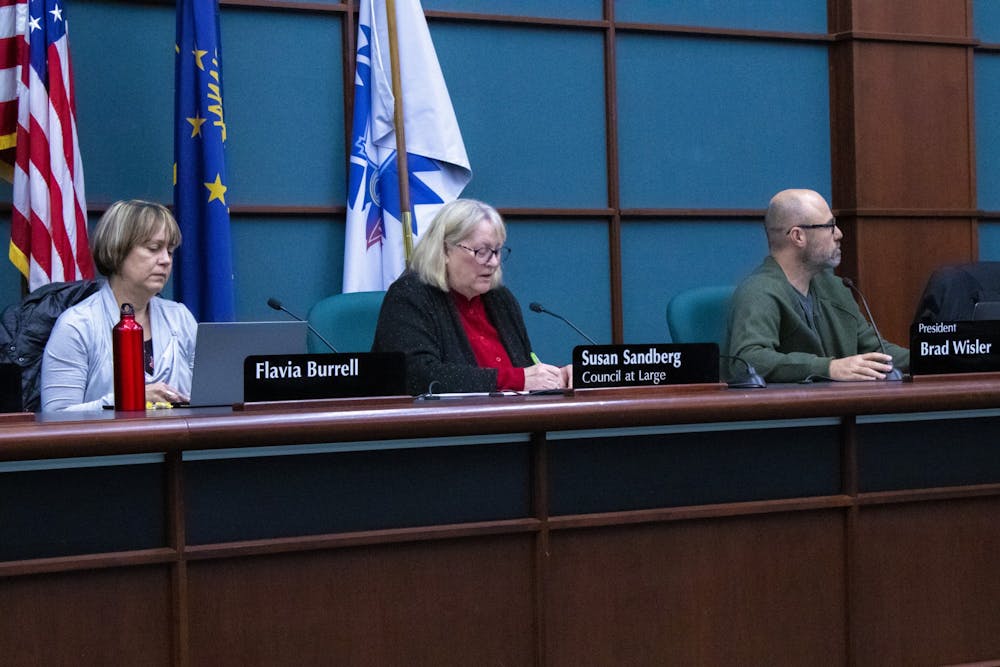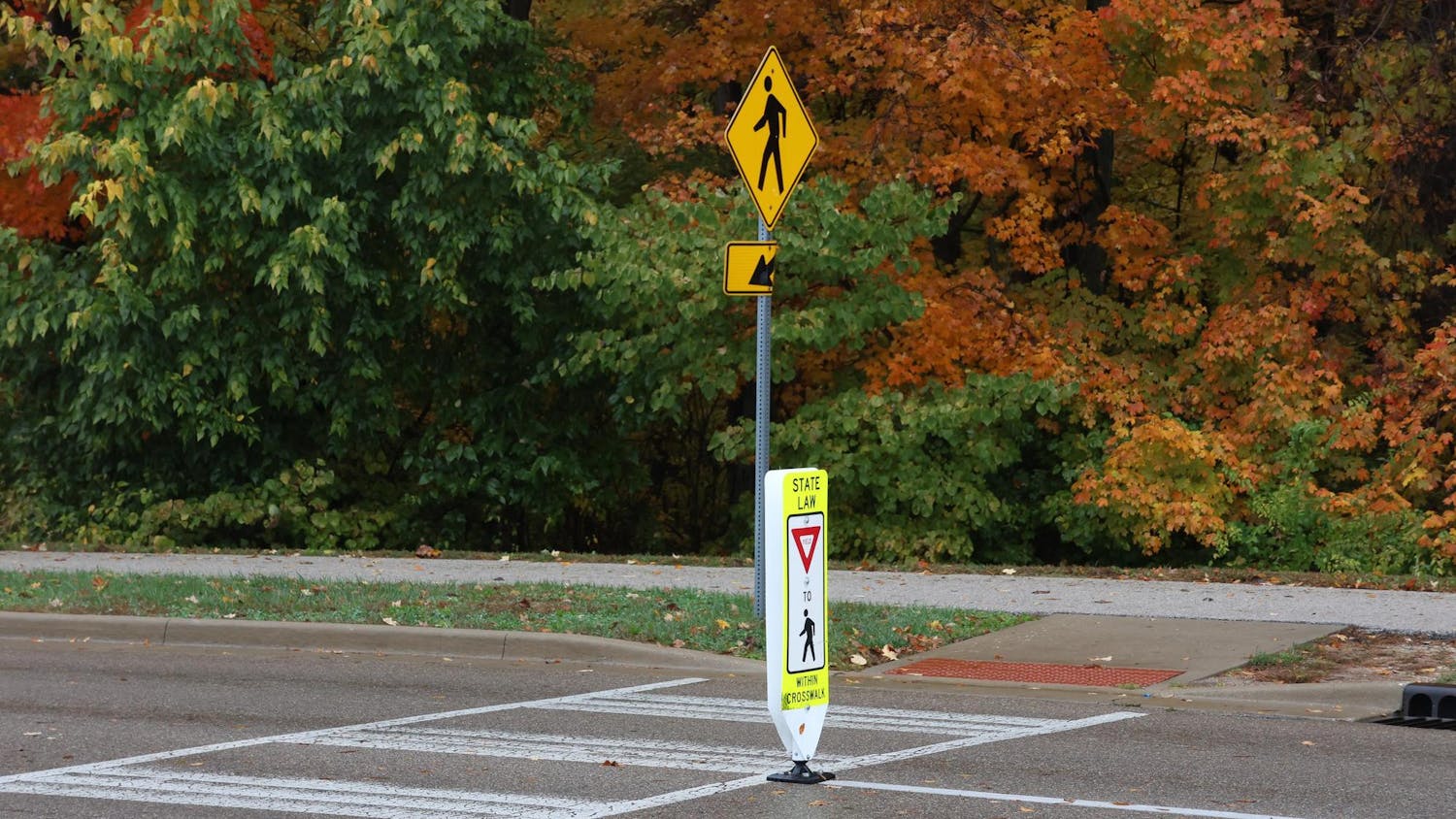The Bloomington Plan Commission voted unanimously Monday night to approve the text for the city’s Unified Development Ordinance. The text now has to be finalized by adding in amendments from Bloomington City Council and the commission.
The UDO is a set of rules that dictate how land can be used and regulations in the city. Despite its approval, the UDO doesn’t go into effect until city council begins renaming old districts. Scott Robinson, planning and transportation department assistant director, said he hopes for that to happen in April or May.
The biggest change to the UDO after city council looked at it was that new ‘plexes’ are allowed to be built in the newer districts but not in the more core neighborhoods.
Another key difference the council discussed was expanding accessory dwelling unit, or ADU, uses and making them easier to obtain under city code, Robinson said. One example of an ADU is the in-law suite.
Robinson said one benefit of ADUs is the ability for caretakers to more easily look after patients or loved ones.
“It can help people age in place,” Robinson said.
Robinson said there is a condition that states the owner of the property must live in either the primary or accessory space, which was added to quell fears of people converting homes into 'plexes.'
Duplexes, triplexes and fourplexes are legally on one property, where there are two, three and four separate units. These are called middle-housing, a step between bigger apartment buildings and single-family homes, Robinson said.
The next step in the process is moving forward with the conversion map, where old districts of Bloomington are renamed but boundaries are not changed. If there is a new district or rezoning, that would be an entirely different mapping process, one which will likely occur near the end of the year and include public meetings, Robinson said.
One district that may be rezoned is the student family multi-housing district. It also allows the Planning Commission to figure out where to place these districts. If housing is too far from campus, private shuttles and getting people to campus could become a problem.
Robinson said buildings that contain studio apartments and one to two bedroom units are more attractive to a wide range of people, whereas buildings that have four to five bedrooms are considered to be targeting students.
One clarification Robinson said he wanted to add is that many people confuse the UDO and the district map. The UDO deals with the rules for development, whereas the map deals with zoning districts and boundary lines.




